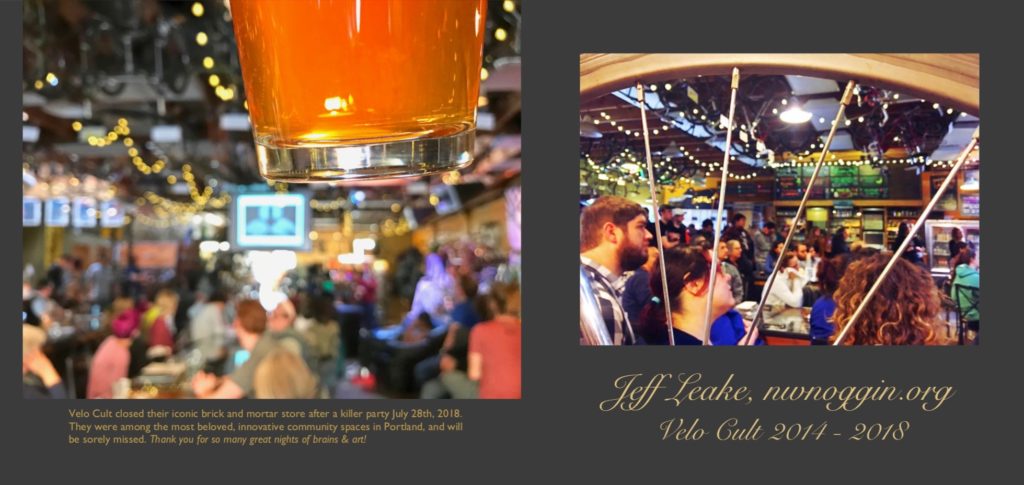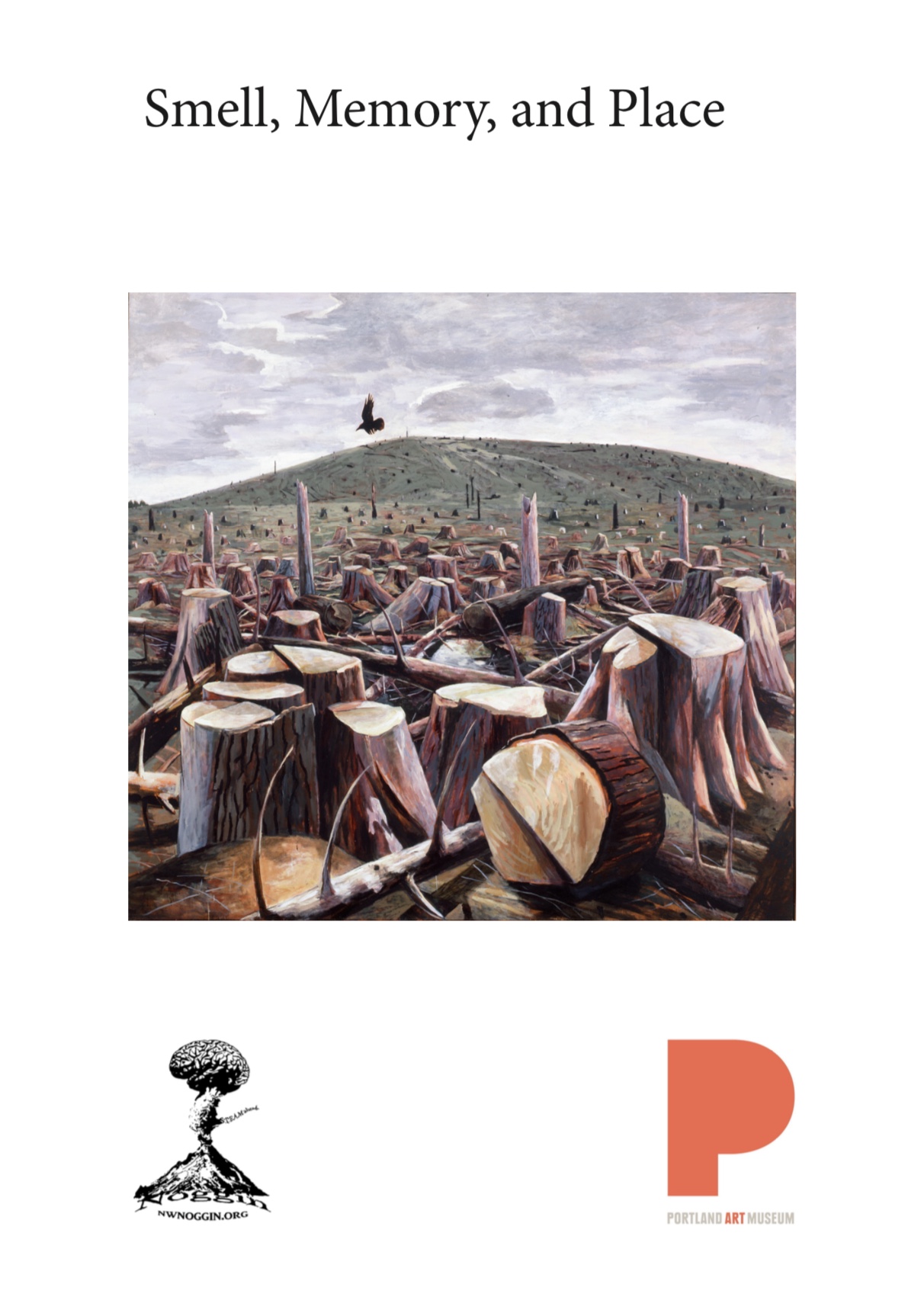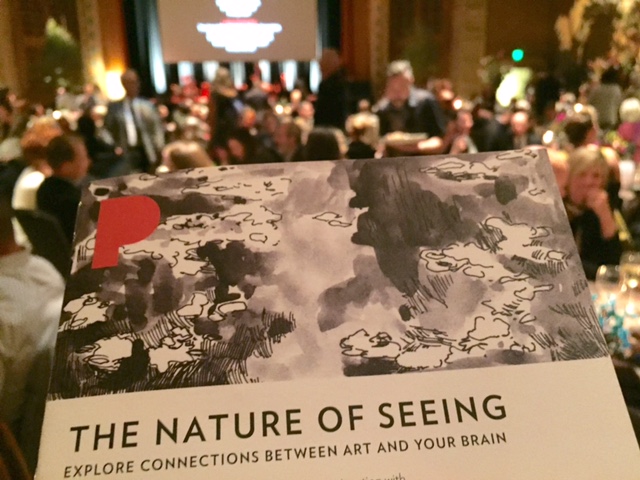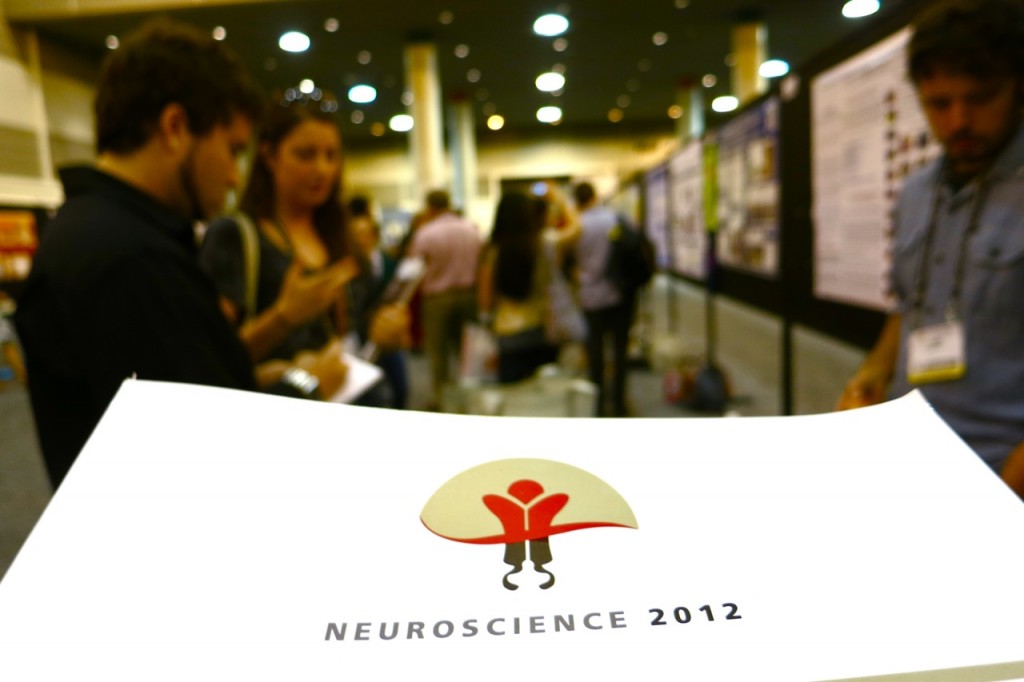NOGGIN BLOGGIN
NW Noggin publishes a continuously updated blog, with details on outreach visits we’ve made, art projects we’ve enjoyed, questions students asked about the brain, and summaries of our responses (with links to the relevant research cited in class)…

Spring 2024
POSTER @ Society for Neuroscience Chapter Meeting

DOWNLOAD PDF: POSTER_Noggin_SfN_Chapter_2024
LEARN MORE: Society for Neuroscience OR/SW WA Chapter Meeting
Fall 2023
POSTER @ Society for Neuroscience Conference

DOWNLOAD PDF: Northwest Noggin Signals from Noise SfN 2023
LEARN MORE: Noggin Takes DC
Spring 2023
POSTER @ Society for Neuroscience Chapter Meeting

DOWNLOAD PDF: SFN poster 2023
LEARN MORE: Psychedelics & Outreach
Fall 2022
POSTER @ Society for Neuroscience Conference

DOWNLOAD (pdf): SFN San Diego poster 2022
LEARN MORE: Observing Art & Brains @ SfN
LEARN MORE: Brains Beyond SfN
Spring 2022
VIDEO POSTER ABSTRACT
Society for Neuroscience Oregon/SW WA Chapter meeting

LEARN MORE: Noggin @ Society for Neuroscience Chapter Meeting
Spring 2021
VIDEO POSTER ABSTRACT
Society for Neuroscience Oregon/SW WA Chapter meeting
LEARN MORE: Society for Neuroscience Oregon / SWWA Annual Meeting
LEARN MORE: Sewing Memories, & Brains
NOGGINFEST 2021 (3/20/2021)
Discover cutting edge research on psychedelics, the gut-brain axis and the oldest monkey brains in the world, enjoy Northwest musicians and explore extraordinary art inspired by our evolving understanding of the brain.
LEARN MORE: NogginFest 2021: Threshold Potential!
Fall 2019
POSTER for Society for Neuroscience annual meeting

LEARN MORE: Noggin @ SfN: Theme J Poster
LEARN MORE: Noggins in Chicago
Spring 2019
POSTER for Society for Neuroscience chapter meeting

LEARN MORE: Oregon/SWW SfN Chapter Meeting!
LEARN MORE: Brains & Sex @ SfN
Download the Velo Cult NW Noggin photo book!


DOWNLOAD: Velo Cult Noggin COVER
DOWNLOAD: Velo Cult Noggin PAGES
LEARN MORE: NW Noggin @ Velo Cult
Download the 2018 NW Noggin official photo book!

DOWNLOAD: NW Noggin 2018 Book
Brush strokes & brains:
NW Noggin takes STEAM to a higher level
By Jeff Leake, NW Noggin
Fall 2018
POSTER for Society for Neuroscience annual meeting

LEARN MORE: Synapsing in San Diego @ SfN!
Spring 2018
POSTER for Society for Neuroscience chapter meeting

PDF VERSION: NW Noggin SfN Chapter meeting 2018
LEARN MORE: Mental health @ McMenamin’s
Fall 2017
POSTER for Society for Neuroscience conference

PDF VERSION: Noggin Poster 2017 Griesar Leake
What is smell?
Booklet for Portland Art Museum

LEARN MORE: Olfactory booklet
LEARN MORE: One landscape contains the other…
Spring 2017
POSTER for Society for Neuroscience chapter meeting
Fall 2016
POSTER for Society for Neuroscience conference
The Nature of Seeing: Explore Connections Between Art and Your Brain by Bill Griesar and Jeff Leake
Produced for the Portland Art Museum, and also the Phillips Collection in DC
Brain Challenge Phillips
WSU Vancouver recognized this work with a university ceremony, and the WSUV library hung our Portland Art Museum/Phillips Collection visual perception panels on its walls!
UPDATE (5/17): Panels are now hanging in the Psychology Department @ Portland State University! “Let Knowledge Serve the City”
LEARN MORE: BioGifting brains
Bringing Communities Together Through Neuroscience and Art
The Society for Neuroscience (SfN) is the world’s largest organization of scientists and physicians devoted to understanding the brain and nervous system. The nonprofit organization, founded in 1969, now has nearly 40,000 members in more than 90 countries and 130 chapters worldwide.
Neuronline is the SfN members-only home for learning and discussion. Neuronline content, created and curated by leaders in neuroscience and SfN partners, is regularly updated to reflect the most relevant issues in the evolving neuroscience field…
Jeff Leake and Bill Griesar recently collaborated on a Neuronline piece about NW Noggin’s extensive, ongoing STEAM outreach efforts in the Pacific Northwest.
For non-members, we have reprinted the article at this link…
Fall 2015
Poster for Society for Neuroscience conference
The Nature of Seeing
Bill Griesar and Jeff Leake collaborated with illustrator Mia Nolting on a “Nature of Seeing” educational guide for the Portland Art Museum (available at the museum through January 10, 2016) to help visitors of all ages explore the remarkable paintings in a “Seeing Nature” exhibit, and consider what’s happening in their own brains as they experience color, depth, feeling, memory, awe, surprise and other aspects of perception…
You can also download a pdf of this booklet here…
Download the 2014 NW Noggin official photo book!

DOWNLOAD: NW Noggin 2014
Spring 2015
Our poster from the Society for Neuroscience Oregon meeting
Fall 2014
Our poster from the Society for Neuroscience conference
—————————————–
Article for the Association for Psychological Science (APS) Observer magazine, April, 2014…

Graduates, Undergraduates, High School, and Middle School Students Get Together to Learn About the Brain
By Bill Griesar, Ph.D.
http://www.psychologicalscience.org/index.php/publications/observer/2014/april-14/collaborative-neuroscience-outreach.html

Children are natural scientists and eager to learn, particularly when the material is relevant and creative and gives them insight into how their own brains work. And people are social, curious, and hoping to connect, so bringing together students fascinated by the brain and behavior at all levels of investigation leads to productive collaboration.
Last summer, with welcome support from APS, we established NW Noggin. NW Noggin gathers graduates and undergraduates in psychology, neuroscience, and art from the Portland, Oregon, area to design and deliver their own multiweek programs on the brain and behavior for students in public schools.
In metropolitan areas there are often several universities with research and education programs in neuroscience, along with public schools teaching science to students in kindergarten through 12th grade. Yet despite a strong shared interest, students in these separate programs and age groups rarely interact. There are many positive reasons to get them together. Sometimes graduate students are isolated because their institution lacks undergraduate programs, as in the case of Oregon Health & Science University (OHSU). This reduces opportunities to gain teaching experience and share work with a broader audience. It also diminishes competitiveness for jobs that require classroom expertise.
Undergraduates are often curious about further opportunities in psychology and neuroscience, including graduate options, which may be limited at their own school. They have questions about what research entails, what experience they need before applying to programs, and what studies are underway. Opportunities to learn directly from graduate students improve their appreciation of graduate options and directly expose them to students involved in funded research. Outreach also benefits undergraduates by reinforcing neuroscience concepts learned in class.
In addition, studies suggest that in middle and high school, students are either excited or discouraged by science. Fostering enthusiasm for inquiry into the mechanics of the natural world can tip that balance. Efforts to reach a broader public about scientific discovery contribute to fascination, understanding, and support for research and education about behavior and the brain. Integrating art projects extends outreach further, as students create objects they can talk about with family and friends.
In the summer of 2012, I gathered a group of graduate and undergraduate volunteers who had studied together in advanced undergraduate neuroscience classes, which graduate students helped teach, and we developed a 4-week class on the brain for middle schoolers at a Northeast Portland public school. An artist, Jeff Leake, worked with us to create art projects to help convey concepts in neuroscience and extend our outreach efforts further.
We partnered with the Immigrant & Refugee Community Organization, which manages the Schools Uniting Neighborhoods (SUN) Program at area public schools, and taught kids about neurons and networks, the visual system and perceptual illusions, brains and music, and other topics.
In 2013, with APS support, we greatly expanded our efforts. We involved students from Portland State University, OHSU, Washington State University, and the Pacific Northwest College of Art, and we delivered new programs to middle schoolers at two public K‐8 schools. We also collaborated with SUN and the federal GEAR UP program, which offers educational enrichment for incoming high school freshmen identified as academically at-risk. Several Noggin participants taught at Madison High School and worked with 80 new 9th graders, introducing them to the structure and function of their own developing brains.
We even visited the OHSU National Primate Research Center for an eye-opening tour of facilities. Students heard from researchers working on animal models of multiple sclerosis, dementia, and obesity; witnessed primate behavior in action; and asked questions about animal experimentation, brain research, and potential career opportunities, too.
In 2014 we are adding schools and plan further expansion into nearby Vancouver, Washington. We recently received support from the Regional Arts & Culture Council to further integrate art students and from the Portland Alcohol Research Center at OHSU to encourage graduate participation.
This project was supported by a grant from the APS Fund for Teaching and Public Understanding of Psychological Science. For more information, visit www.psychologicalscience.org/teaching.
About the author
Bill Griesar…
…is an adjunct instructor in psychology and speech and hearing sciences at Portland State University, an instructor in psychology and neuroscience at Washington State University Vancouver, and affiliate graduate faculty in behavioral neuroscience at Oregon Health & Science University.
—————————————–
Two talented Noggin participants (and PSU students) Lindsay Craver and Michael Miller produced a video about our efforts in the Portland Public Schools…
—————————————–
We presented posters at the Society for Neuroscience conferences in 2013 and 2012, and in 2014…
Text for 2014 poster at SfN…
NW Noggin: Collaborative neuroscience outreach in Portland and Vancouver – Undergraduates, graduates, scientists, middle and high school students work together to learn about the brain
AUTHOR BLOCK: *W. GRIESAR1, J. LEAKE2, S. HADENFELD1, L. MILLER4, M. MILLER4, M. L. SMITH5, E. TREMAINE4, R. WESCOM3, M. WIRTHLIN5;
1Psychology, 3Neurosci., 2Washington State Univ. Vancouver, Vancouver, WA; 4Psychology, Portland State Univ., Portland, OR; 5Behavioral Neurosci., Oregon Hlth. & Sci. Univ., Portland, OR
Abstract:
In urban areas there are often several universities with thriving research and education programs in neuroscience, along with public schools teaching science to K-12 students. Yet despite a strong shared interest, these various students rarely interact. Here we describe a successful effort to involve them all in learning about the brain. There are many positive reasons to get them together. Some graduate students are isolated, because their institution lacks undergraduate programs, as in the case of Oregon Health & Science University (OHSU) in Portland, Oregon. Graduate students may struggle to gain teaching experience and share their work with a broader audience. They are less competitive for jobs that require classroom expertise. Undergraduates are often curious about graduate opportunities in neuroscience, which may be scarce (or non-existent) at their own university. They have questions about what research entails, what experience they need to acquire before applying to programs, and what studies are underway. The chance to work directly with graduate students improves their appreciation of graduate options, and exposes them to students involved in funded research. Outreach also benefits undergraduates by reinforcing concepts learned in class. In addition, studies suggest that, in middle and high school, students are excited or discouraged by science. Fostering enthusiasm for inquiry into the mechanics of the natural world, including the brain, can enhance interest in science. Efforts to reach a broader public about scientific discovery contributes to fascination, understanding and support for research and education about behavior, and the brain. Integrating art projects into outreach efforts increases engagement, as students explore concepts by creating objects they can share with family and friends. This year we brought together graduate students from OHSU and Washington State University in Vancouver (WSUV), who participated in a supervised teaching practicum, with undergraduates from Psychology departments at Portland State University and WSUV. The undergraduates enrolled in advanced neuroscience classes, and studied neuroscience concepts and techniques before working with graduates. Graduates and undergraduates, along with art students from the Pacific Northwest College of Art, used this experience to collaboratively develop successful, sustained courses for students at three Portland Public middle schools during summer. We also partnered with a federal grant program, GEAR UP, to excite and inform 160 diverse, academically at risk high school students about education, research and career opportunities in neuroscience and art.
For 2013…
*W. GRIESAR1, E. SHAW2, K. LEHMAN2, M. RUDOLPH2, J. LEAKE3;
1Psychology, Washington State Univ. Vancouver, Vancouver, WA; 2Portland State Univ., Portland, OR;3Multnomah Educational Sch. District, Portland, OR
In metropolitan areas there are often several universities with thriving research and education programs in neuroscience, along with schools teaching science to students in kindergarten through 12th grade. Yet despite a strong shared interest, students in these separate programs and age groups rarely interact.
There are many positive reasons to get them together. Sometimes graduate students are isolated, because their institution lacks undergraduate programs, as in the case of Oregon Health & Science University (OHSU) in Portland, Oregon. This reduces opportunities graduate students have to gain teaching experience, and share their work with a broader audience. It also diminishes their competitiveness for jobs that require classroom expertise.
Undergraduates are often curious about further opportunities in neuroscience, including graduate options, which may be scarce (or non-existent) at their own university. They have questions about what research entails, what experience they need to acquire before applying to a program, and what specific studies are underway. Opportunities to learn directly from graduate students improves their appreciation of graduate options, and directly exposes them to students involved in ongoing research. Outreach also benefits undergraduates by reinforcing neuroscience concepts learned in class.
In addition, studies suggest that, in middle and high school, students are excited by science, or discouraged. Fostering enthusiasm for inquiry into the mechanics of the natural world, including the structure and function of the nervous system, can enhance interest in science. Efforts to reach a broader public about scientific discovery contributes to fascination, understanding and support for research and education about behavior, and the brain. Integrating art projects into outreach efforts extends outreach further, as students create objects they can talk about with family and friends.
Here we describe a successful effort to deliver courses that brought together graduate students from OHSU, and Washington State University in Vancouver (WSU-V), who participated in a supervised teaching practicum, with undergraduates from the Psychology departments at Portland State University and WSU-V.
The undergraduates enrolled in “Advanced Physiological Psychology,” and received exposure to neuroscience concepts and techniques before working with graduates.
Graduates and undergraduates, along with art students from the Pacific Northwest College of Art, used this shared experience to develop extended brain and behavior courses for students at three Portland Public schools during summer.
Cross-institutional collaboration in neuroscience outreach: society for neuroscience 2012













